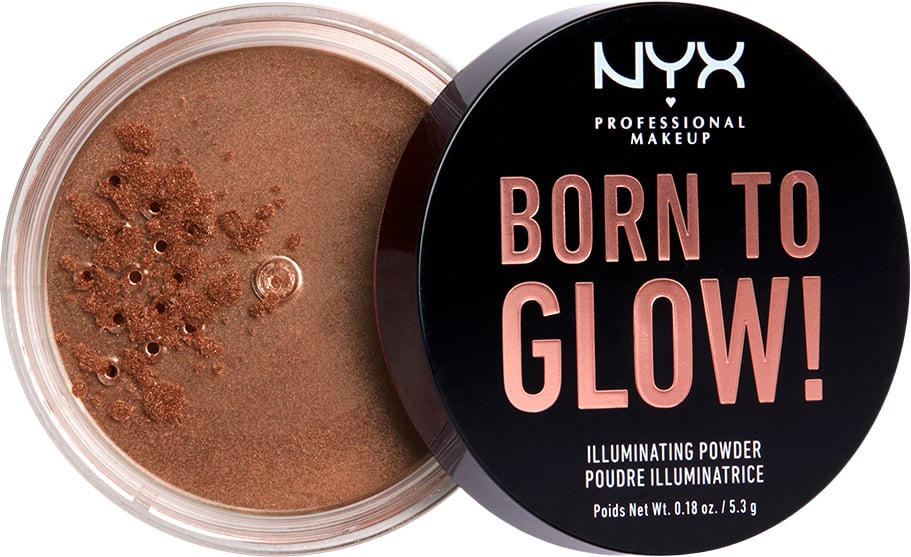
Therefore it is suggested that whilst the teeth of both sexes act as human ornament displays, the female display is more complex because it additionally signals residual reproductive value.Īgainst the background of population aging, older peoples dance has attracted attention in research and its health promoting effects and social meanings have been brought to the fore. Teeth become yellower and darker with age. This indicates that these colour induced alterations in ratings of attractiveness are mediated by increased/decreased yellowing rather than whitening per se. Whitening had no effect beyond that produced by natural colouration. Results showed that deviation away from normal spacing and/or the presence of yellowed colouration had negative effects on ratings of attractiveness and that these effects were markedly stronger in female models. This study examined the effects of digital manipulations of tooth colour and spacing. Teeth are therefore a rich source of information about individuals and their histories. Adult teeth record environmental and traumatic events, as well as the effects of disease and ageing. Tooth development is influenced by genetic and environmental factors. In this context, showing of teeth through smiles etc is a characteristic feature of human social interaction. Ornament displays seen in animals convey information about genetic quality, developmental history and current disease state to both prospective sexual partners and potential rivals. Rather than being a mask behind which the women hide, for these women make-up is an essential part of who they are and a means of expressing their identities. Make-up was thus found to be central to the creation of the women’s self-image all interviewees felt more confident about facing the world when made-up. The older women at the centre of this study use make-up in ways that may be considered ritualized, and it was associated with the expression and performance of their identity. Make-up for our interviewees was used as a source of comfort and for personal enjoyment, as well as to look good, rather than to attract the male gaze or as a means to resist ageing. The themes of ritual, self-presentation and change that emerge from our results characterize the relationship of these older women with their make-up.

It is contextualized by a detailed literature review that provides important historical and contemporary background to the in-depth interviews, which were conducted with older women.

This study, albeit small scale, is nonetheless rich and illuminative. Although there has been increasing interest in notions of appearance management and body image creation as these relate to older women, there have been few studies that specifically investigate the role and function of make-up for this cohort. This qualitative study examines the role played by facial cosmetics or make-up in the (re)creation and expression of self-image and identity for six older, white women.


 0 kommentar(er)
0 kommentar(er)
